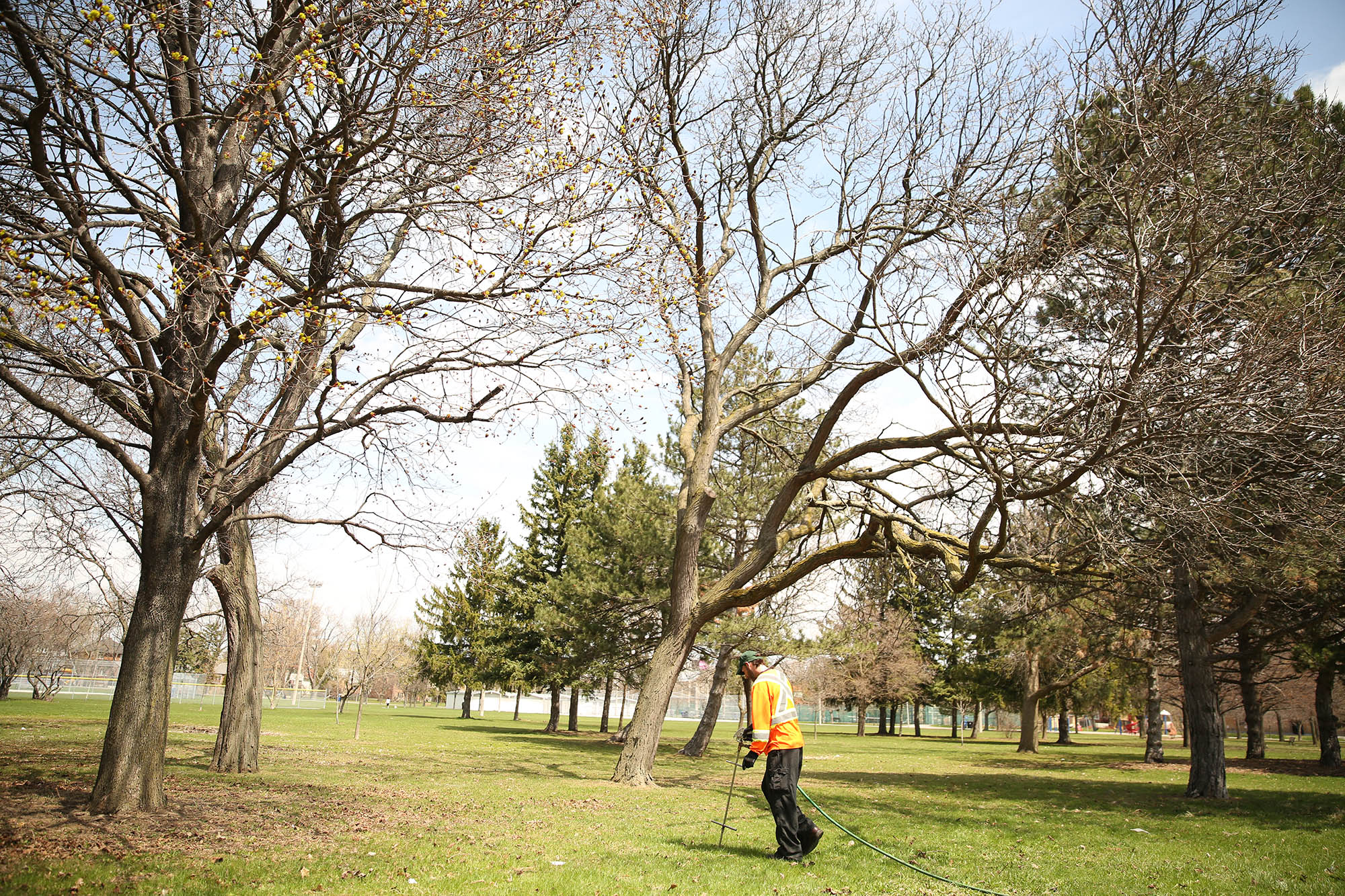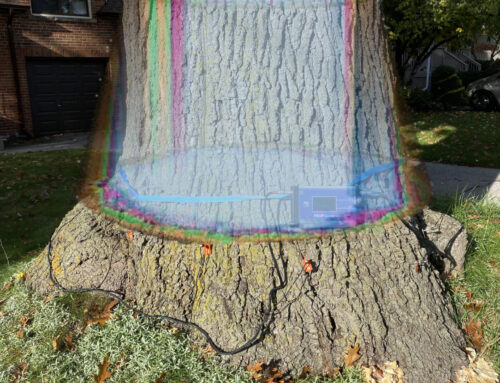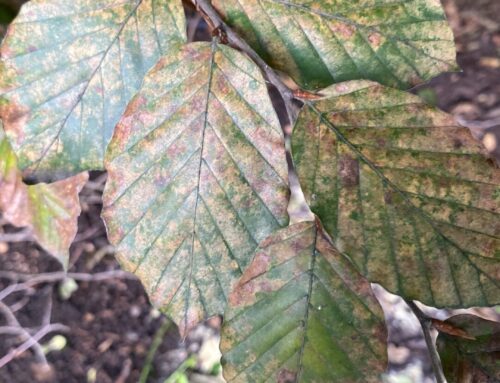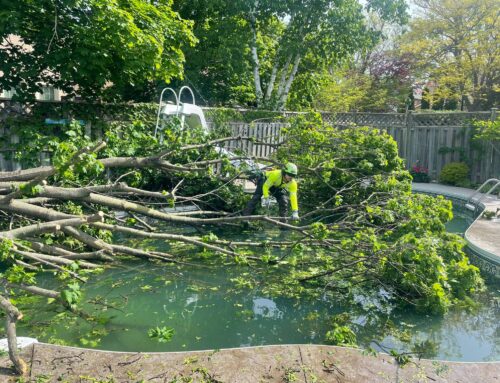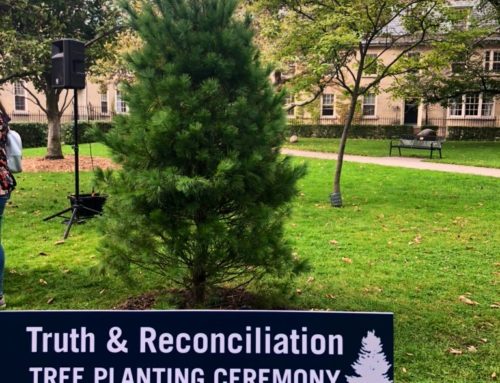For those of us working in Emerald Ash Borer (EAB) infested areas the sight of declining trees is not a new one. The EAB was discovered near Detroit, Michigan during the summer of 2002 and has been spreading in a widening circle ever since. The infestation cycle of the borer seems to follow a set pattern whereby the insect gradually builds in numbers over a five to six year time frame at which point the population explodes exponentially.
It is estimated that Toronto has in excess of 850,000 ash trees and York Region has another 2.6 million. The CFIA estimates that Emerald Ash Borer will kill roughly 97% of infested trees while other models suggest a 100% mortality rate. Previous patterns in the US has shown that it is common for the trees in an infected area to all die at the same time creating a problematic situation. It is estimated that Toronto alone will spend roughly 3.6 million dollars per year on ash tree programs.
This means that our industry will see an overwhelming number of large dead or dying trees. This suggests that the financial cost placed on the municipalities and private property owners will result in a significant number of dead trees left standing. The downfall of this has become apparent in the US with an increase in claims due to falling trees and tree parts. Generally, municipal trees are accessible by aerial equipment, however this is not always the case with private trees. Homeowners who wait until the trees are completely dead before calling for removal will compound this already difficult situation. Herein lies the problem.
The removal of dead trees within our industry seems to be met with different approaches ranging from companies that will never climb a dead tree to those that climb them routinely. I won’t go into the details of climbing dead trees there are many articles available that discuss this issue. What is important to know is that there is increasing evidence that ash trees, which have succumbed to the Emerald Ash Borer, may be compromised in structural stability. A study done by the USDA has found ash tree failure during tree removal may be higher than that in trees which have died from other issues. It has been noted that branch failure is more likely to occur at the stem and that stem wood in the basal area has a weaker drill resistance.
So what does this mean to the average tree worker? As the wave of Emerald Ash Borer spreads over our urban areas leaving in its wake a mass of dead trees and monetary constraints to remove them climbers are going to be called on to remove trees that may have been dead for years. It stands to reason that poorly accessible trees may be left standing for longer time frames than those with good accessibility. Poorly accessible trees usually require some form of rigging during removal due to the small available area for felling. The end result is that climbers within our industry will be asked to climb ash trees that have been dead for a long period of time. As there are indications that structural integrity may be compromised within a short time frame after death I question if each company should re-evaluate their current removal practices and consider the risk involved when dealing with dead trees and in particular EAB infested ash trees.
Dave Sutherland
Certified Arborist
Cohen & Master Tree Services

